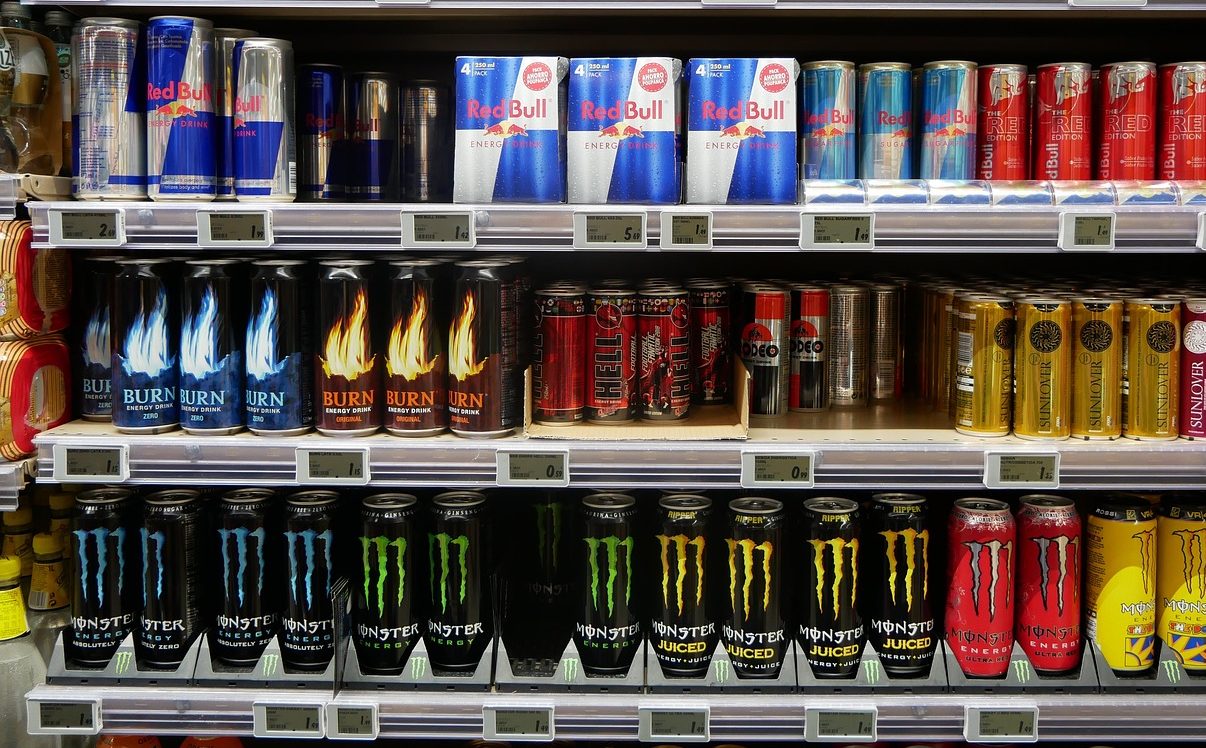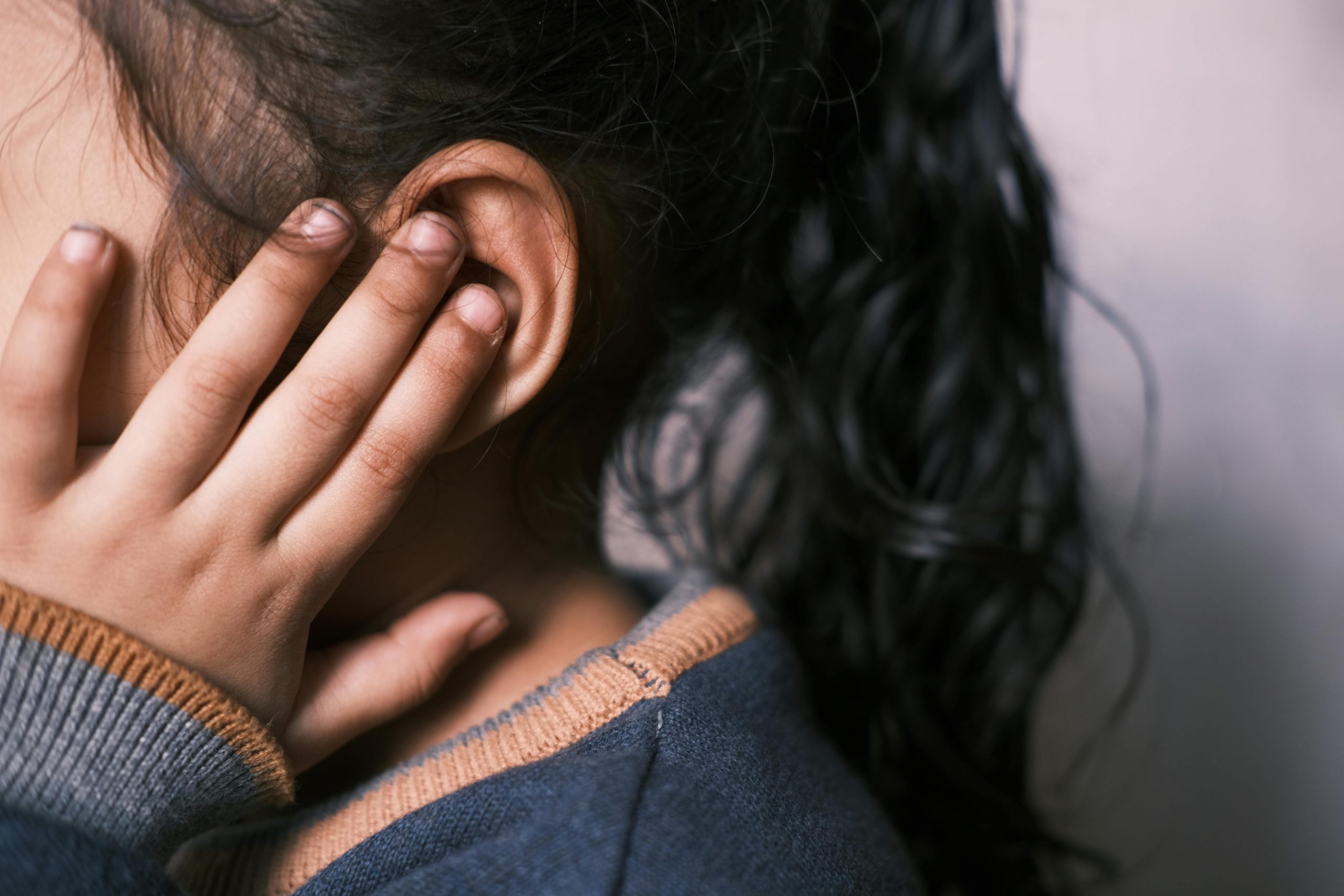
Since 2011, there have been nearly 500 reports of incidents, with 74 percent of the cases involving under-18s.Continue reading

The WHO predicts that hearing loss will be one of the most common disabilities in the world after 2030. The Hungarian Academy of Sciences’ (MTA) Complex Committee on Acoustics, in cooperation with the Department of Otorhinolaryngology, Head and Neck Surgery at Semmelweis University and the Hungarian Association of International Children’s Safety Service, held a short symposium on Tuesday on hearing protection and hearing education for children.
Péter Edvi, the founding president of the International Children’s Safety Service, took the matter into his own hands, setting up a working group with renowned experts to verify with scientific studies and measurements what some parents already perceive: music is too loud at events for children. Based on the results of the research, a bill has been drafted to regulate the decibel levels that are acceptable, dangerous, or harmful for different age groups, writes Világgazdaság.

Photo via Pexels
Tamás Hacki, an otolaryngologist, professor, and external member of the Hungarian Academy of Sciences, noted that doctors have been monitoring the deterioration of hearing in different age groups for decades. He pointed out that
articles have been published since the 1980s, about recreational noise being the cause, and that this is not currently regulated.
“There is a growing number of cheaper acoustic devices, and there is a lot of competition on the market. The music at events is getting louder to appeal to the consumer, so we are exposed to the irresponsibility of the entertainment industry and the taste of the technicians,” he added.
The experts measured the noise level at 25 events in Budapest using instruments and asked parents and children at the same time how loud they thought the music was. They could rate what they heard in three categories: just right, a little loud, and very loud.
Anita Gáborján, an otolaryngologist and associate professor, explained that objective, instrumental tests were carried out before and after the events. In the category classified as safe by acousticians, the children’s hearing was the same and their ears were functioning properly. In the risky category – above 85 decibels – the children’s ear function deteriorated at all frequencies measured. The doctor pointed out that in many cases, parents are more lenient than children in their assessment of noise levels, and that children do not need excessive volume.
Based on the research findings, the working group has drafted a bill, which is currently awaiting a decision from the Ministry of Justice.
Ferenc Márki, an electrical engineer and associate professor, underlined that the law would regulate noise exposure by age and the amount of time that can be spent in noise, based on literature. Categories A to F were set at five decibels, from 70 decibels, then to 95 decibels. Posters at events would have to indicate the classification, and hearing protection would be provided for very noisy events, but not free of charge.
There would also be limits on how close children can get to speakers and a time limit is proposed. Both exposure and duration may increase with age. The bill itself would be part of the Consumer Protection Act, hence penalties would be worked out as part of the law.
Parents and educators can find more information at www.ovdafuled.hu.
WHO encourages governments to develop and enforce legislation for safe listening and raise awareness of the risks of hearing loss.
Via Világgazdaság; Featured image via Pexels